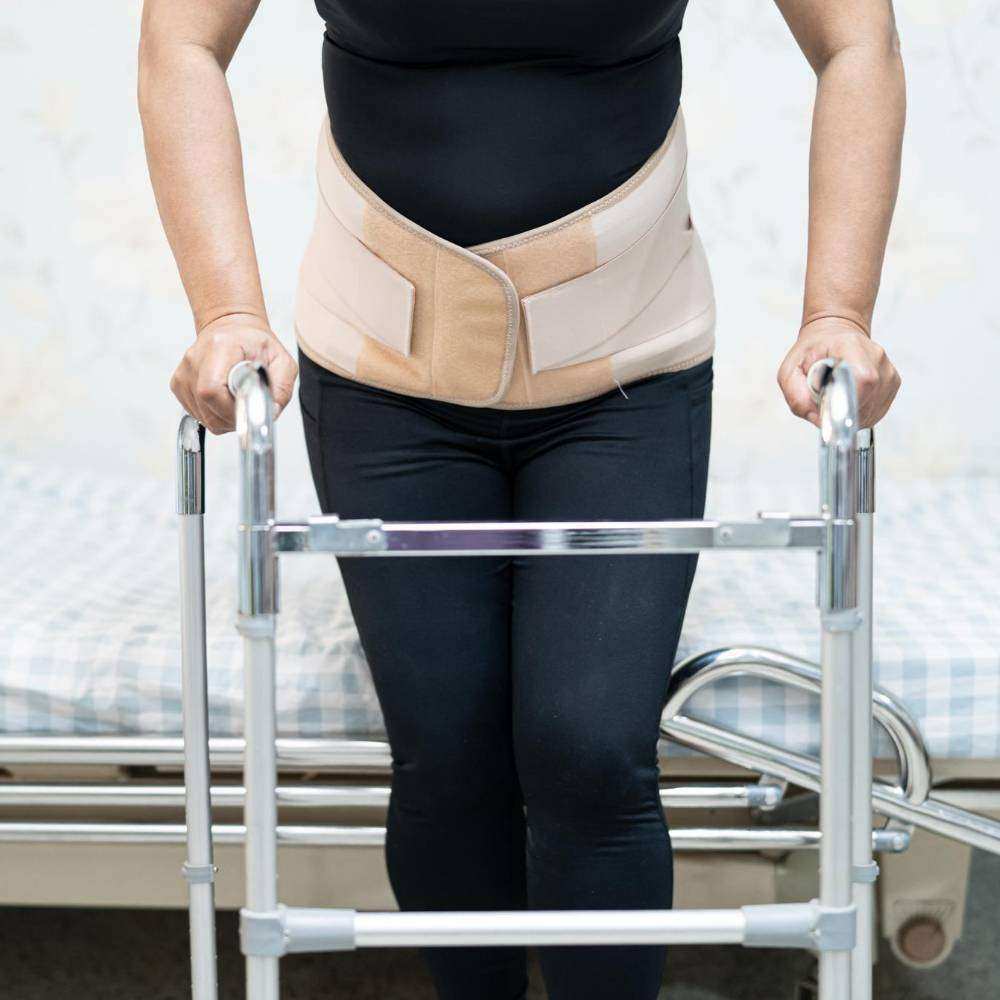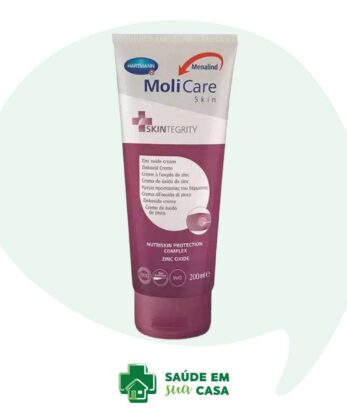Bedsores, also known as pressure ulcers, are lesions that occur on the skin and underlying tissues, often on bony areas of the body such as the hips, heels and coccyx. These lesions are usually the result of prolonged pressure on a specific area of skin in people who are bedridden, sit or have reduced mobility for long periods. We consider the prevention of bedsores to be one of the crucial points in caring for the elderly and people with reduced mobility. Here are some tips to prevent the appearance of these lesions:
1. Change position regularly: Get advice from health professionals on the best way to change position, whether in bed or in a chair, every two hours. This practice helps to relieve pressure in vulnerable areas.
2. Moisturizing the skin: Keep skin clean and dry. Use gentle moisturizing lotions to keep the skin nourished and prevent dryness.
3. Specific pillows and mattresses: There are mattresses and pillows designed to reduce pressure in vulnerable areas. Consult a specialist to find out which is best suited to your situation.
4. Balanced nutrition: A balanced diet rich in proteins, vitamins and minerals is essential. Poor nutrition can make the skin more vulnerable to damage.
5. Avoid friction and shear: When changing position, lift your body instead of dragging it. This reduces the risk of damaging the skin.
6. Daily skin inspection: Check your skin daily for signs of redness, swelling or other changes. Early detection can prevent the development of a bedsore.
7. Hydration: Stay well hydrated by drinking water regularly. Dehydration can make the skin more prone to injury.
Bedsores can be painful and lead to serious complications, including infections. Prevention is undoubtedly the best medicine. If you notice any signs of a bedsore, seek medical help immediately.
And now, we present an illustrative image of a bedsore for a better understanding of the subject

Image source: Wikimedia Commons



